We don’t usually get crafty around here, but this is a special case. It seems that moth larvae have been busy in my closet, and the little bastards ate a couple of holes in (among other things) my favourite Merino wool sweater. Here’s their handiwork on Ms Perfect’s sweater.
Oh, the infamy.
It took a while to hunt down and kill every last member of their family (except for one, who I commanded to go and tell the others). With that done, the problem was: How to repair the damage? A lot of web pages will get you started on sewing and darning, but I’ve found an easier method that still looks good.
You’re going to need some felting needles. They’re like regular needles, but as you can see in the photo, they have a serrated edge.
You’ll also need a block of foam.
A block of foam.
Sometimes craft stores have them, but I got this one from a store that sells foam rubber, like mattresses and such. They usually have a lot of off-cuts for cheap (or even free), and a small cube will do.
I’m going to demonstrate on this wool blanket. That’s a big hole there.
First, put the foam block under the woolen material.
Yes, it’s under there.
Now, you’ll need the felting needles. Pull the fabric together so that bits on either side of the hole are sort of close to each other. Then, use the needles to pull the individual threads closer to each other, and push the needle into the wool and the foam block. It makes a satisfying scrunching sound.
You don’t have to use two needles. One is fine.
What you are doing is using the needles to tangle the woolen threads together, and turn them into a lovely snarl that will cover the hole. Keep doing it over and over. Be sure to pull the wool off the foam block every once in a while so the wool doesn’t get stuck to it.
If you keep it up, eventually all that wool will weave together and cover the hole, like this.
With care, it can be done on fabrics of a finer weave. Your strategy here will be to use a finer needle, drag individual fibers together, and scrunch them together to form a mesh. Here’s the sweater from earlier.
Just try to avoid overdoing it — it might take on the appearance of a puff-ball. When you start, try experimenting on some inconspicuous part of the sweater, or on one you don’t care so much about.
Here’s a close-up of the moth-eaten bit from my favourite sweater. It’s very strong, and you can hardly see where the hole was.
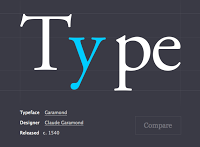



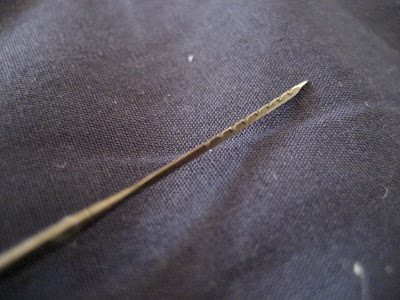


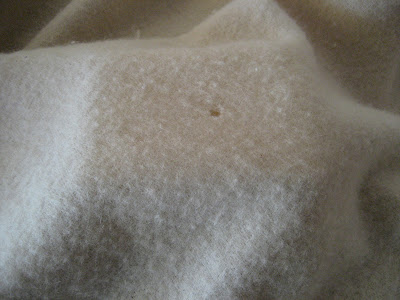
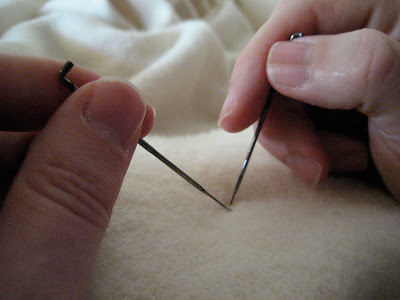
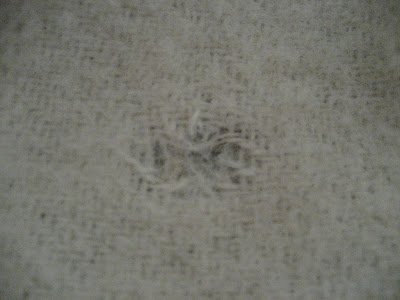
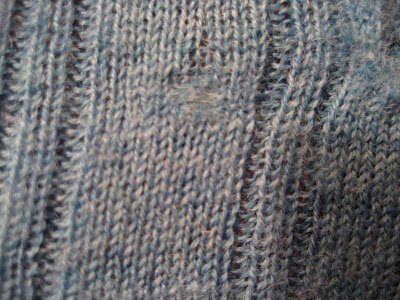







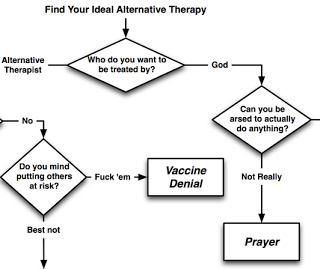

Recent Comments